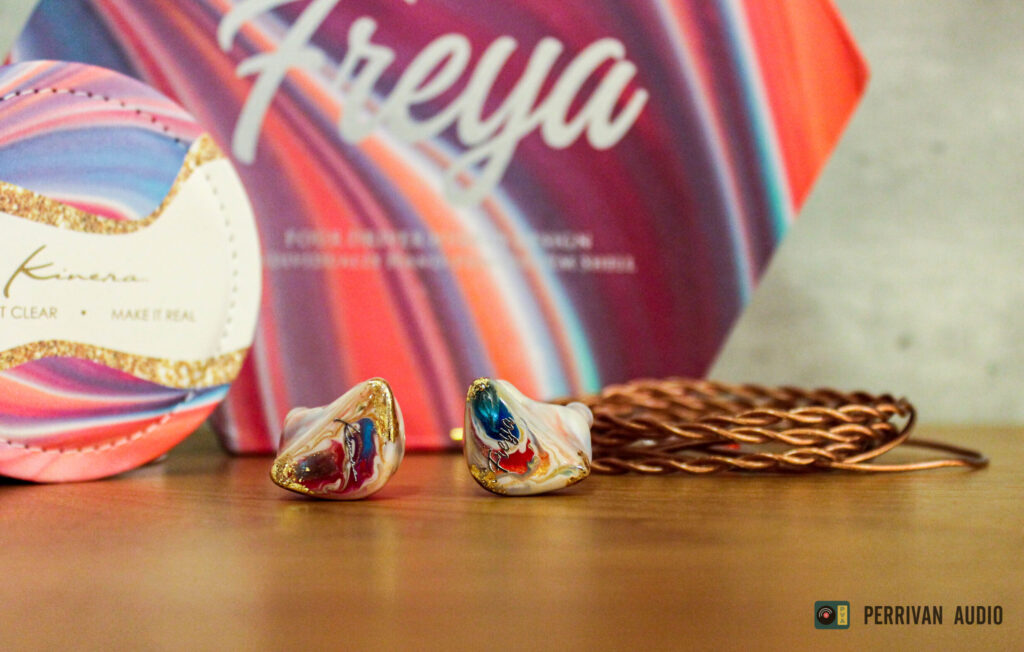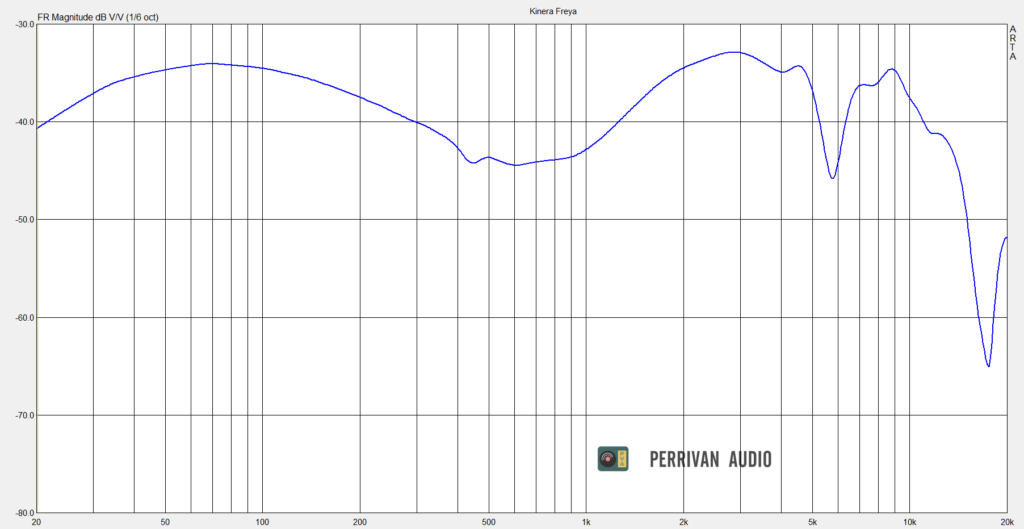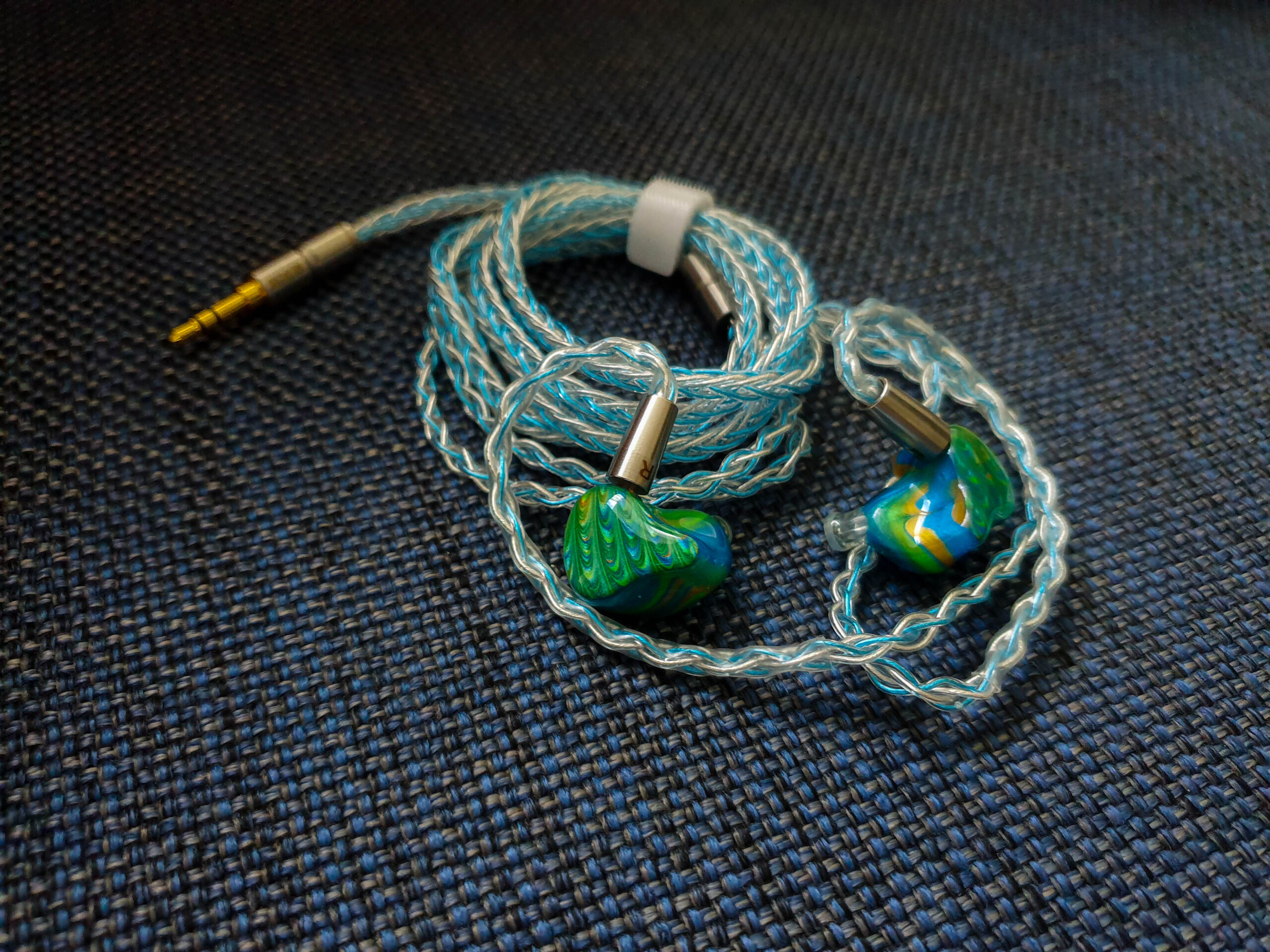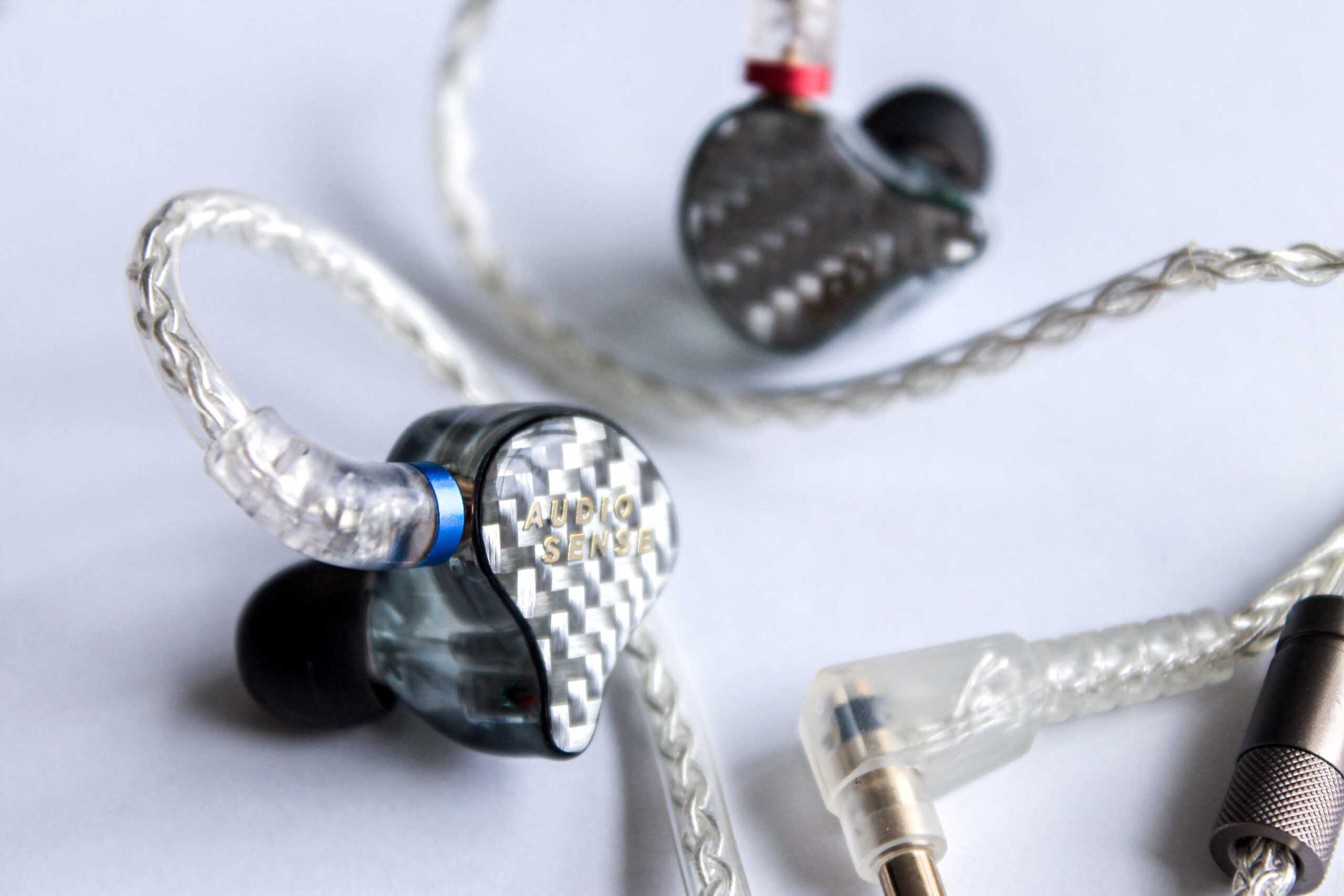Updated: Nov 19, 2020
Pros: Smooth and bodied Mids, Non-sibilant treble, Aesthetics, Unboxing experience, Cable
Cons: Subpar detail retrieval and separation, Poor sub-bass and treble extension, Coloured sound, Not the most natural or accurate
Driver Setup: 3BA + 1DD
Price: $240 (USD)
Intro
Disclaimer: This review set was graciously lent to me by a friend and the review is written of my own accord. Should you find yourself interested in getting a pair, it can be found online here.
Kinera is no stranger to the industry. They’ve been around for a while, with many popular and well-built IEMs under their belt, some of them dating back to the nascent days of chi-fi. Today we take a look at one of their latest releases, the Kinera Freya. It features exquisite handpainted artwork on the IEMs and claims no two pairs are identical.
Packaging and Accessories (Score: 9/10)
Kinera has spared no expense in the unboxing experience of the Kinera. I am slightly conflicted between being impressed and wondering if a huge chunk of the price tag is going into the presentation and accessories. It has a plethora of accessories, ranging from a little brush. A ¼” to 3.5mm jack adapter, a wide selection of tips, and a round case befitting a diamond-studded necklace. More notably, it boasts the inclusion of a Lightning to 3.5mm and a USB Type-C to 3.5mm Adapters for your OTG uses. We seldom see such wide spreads of accessories coupled with the beautifully themed aesthetics and all credit goes to Kinera for that.
Fit (Score: 7/10)
The fit was mostly alright for me. However, do take note that these are on the large side. The earpieces themselves do stick out quite a bit and they have really thick bores. This is something to take note of these if you have smaller ears, as you may find these on the uncomfortable side. However, once I managed to fit the right tips on, they stayed in my ears quite comfortably. Tip rolling shouldn’t be an issue with the inclusion of Final E tips (Kudos to Kinera for that pleasant surprise)
Build Quality (Score:9/10)

Not discussing the build quality and aesthetics of the Freya would be a huge disservice to this piece of artwork. Yes, it is a literal piece of artwork in all its hand-painted glory. It comes in two colour schemes for you to choose from, blue and pink, just like public washroom signs. Jokes aside, both these colour schemes present a brilliant mix of colours that would surely leave you admiring them upon unboxing and forgetting to put them into your ears, where they belong.
The colours are very vibrant and mix really well with the other colours. These earphones were not made to be kept in a box in your drawer but instead meant to be flaunted. Take them out for a walk you are certain to attract many stares and curious glances from your fellow commuters. I especially love how the words sit cleanly in the middle of the colour swirls. Everything about it simply exudes a luxurious yet elegant beauty.
The cable is also very well made, copper 2-wire twist that feels very sturdy and premium
Sound (Score: 7.2/10)
Having established that the Freyas are absolute beauties, let’s find out if its outer beauty reflects its inner beauty or does the adage of “Do not judge a book by its cover” stand true.

Frequency Response Graph for the Kinera Freya
Sources used
- Shanling M3s
- Fiio Q1 MkII
- Schiit Modi 3/Heresy
Music and Albums listened to
- The Very Best of Chicago: Only the Beginning
- Børns – Dopamine
- Michael Bublé – Call Me Irresponsible
- Cowboy Bebop Soundtrack
- Greenday – American Idiot
- London Symphony Orchestra – Beethoven Symphony No.7
- Martin Frost – Mozart Clarinet Concerto in A K.622
- Avicii – Avīci (01)
Bass (Score: 6.5/10)
Bass is one of the weaker links of the Kinera Freya. It’s emphasised in general but lacking in any form of definition. There is a mid-bass bump and it does bleed into the mids a little. However, the bass never ever threatens to take centre stage and leads into the lower mids very smoothly, serving to complement rather than overpower.
Subbass extension is not exactly impressive and it really lacks that rumble. There is also very little separation and layering. It’s listenable and marginally enjoyable in certain tracks but I certainly expected more from an IEM in this price range. The overall bass quantity is still manageable and not overpowering and would be alright if we just got a little more definition and even response.
On Chicago’s “Questions 67 and 68”, the drums lacked punch and the bass lines were always lacking definition. The bass decay is very much on the slow side and while it doesn’t come across as clumsy, it still lacks the minimum level of punch I would have preferred.
Mids (Score: 8/10)
Mids is probably the best suit of the Freya. The best way to describe it would be luscious, thick, and dark. Again, on Chicago’s “Questions 67 & 68”, the brass instrumentals have a nice body and texture to them. They are relatively forward but never harsh or crude. Melodies were all presented smoothly, and everything was kept very fluid. I especially enjoyed male vocals on the Freyas. Listening to Michael Bublé and Børns, I felt as though I was being serenaded by the richness and silkiness of the vocals. Listening to “Past Lives” and “Electric Love”, the way the electric guitars combine with the vocals in the midrange sent chills down my spine at certain passages.
However, the mids start to thin out as it approaches the treble. Higher pitched instruments can sound a little frail and warped. Some higher-pitched female vocals may not sound as natural as well. Listening to Beethoven on the Freyas, the timbre of the upper strings and flutes sounded thin and unnatural.
Treble (Score: 7.5/10)
The treble response on the Freya is as safe as it gets. While some may enjoy it’s smooth and laid-back presentation, I found it a tad too dead and often found myself wishing for a little more “excitement” up there. The treble seems to roll off early and doesn’t give a sense of space and sparkle. Cymbal crashes and Hi-hats sound stifled and dry. Tracks from artists like Greenday sounded a little warped as the tonality is not exactly the most natural-sounding, especially with the forward and pronounced lower mids. However, the treble never got too harsh for me regardless of what track you throw at the Freyas and there definitely would be people who love the Freyas for this trait.
Overall
Overall separation and layering are nothing to shout about on the Freyas. Listening to “Tank!” from the Cowboy Bebop Soundtrack, the shortcomings of the Freya was laid bare. It has below average localisation and it struggles in tracks with many distinct complicated lines going on simultaneously. The soundstage is decently wide but certainly could be better and more realistic with better bass and treble extension.
Comparison
Reecho & Peacock Spring

Review for the Reecho & Peacock Spring here
I have chosen to compare the Freya with Reecho & Peacock’s Spring as they both are beautifully painted IEMs that aim to impress on both aesthetic and sonic fronts. Of course, the crown goes to the Freyas for aesthetics. For fit, the Spring is much more comfortable personally, with its smaller form factor.
In terms of sound, I would have to lean in favour of the Spring. I find that the Springs are simply technically superior and more enjoyable on a greater variety of tracks. It is worth noting that the Freya’s main strength, its lower mids, is where I wished more from the Springs. The Springs have more separation and clarity throughout the spectrum. They also extend better on both ends of the frequency spectrum.
Audiosense AQ3

Review for the Audiosense AQ3 here
The Kinera Freya was everything the AQ3 was and wanted to be. Although there were a lot of things that could be improved on the Freya, I will still say it seems to have a similar target tuning in mind as the AQ3 but did a much better job at it. The difference in pricing could easily be attributed to the effort that went into the hand-painting on the Freya. The AQ3 does have the same lack of extension in bass and treble. However, the midbass on the Freyas is much more controlled and pleasant on the Freyas, which is a huge plus point given how much the uncontrolled bass on the AQ3 ruined my experience with it. However, I would give it to the AQ3 for its more consistent midrange.
Conclusion
It’s almost preposterous to hear and borderline blasphemous, but I would say there is value to the Kinera Freya from a pure aesthetics standpoint. Truth be told, this has been a little of a letdown. The Kinera underperforms in its price range sonic wise, but to think you are coming to own a unique handcrafted piece of art, it may yet earn its spot in your collection. It’s a heavily coloured sound signature that will not be everyone’s cup of tea, especially due to its poor technical ability. However, it’s inoffensive sound and pleasant mids does just enough to keep it enjoyable.
Click HERE for our grading list for earphones
